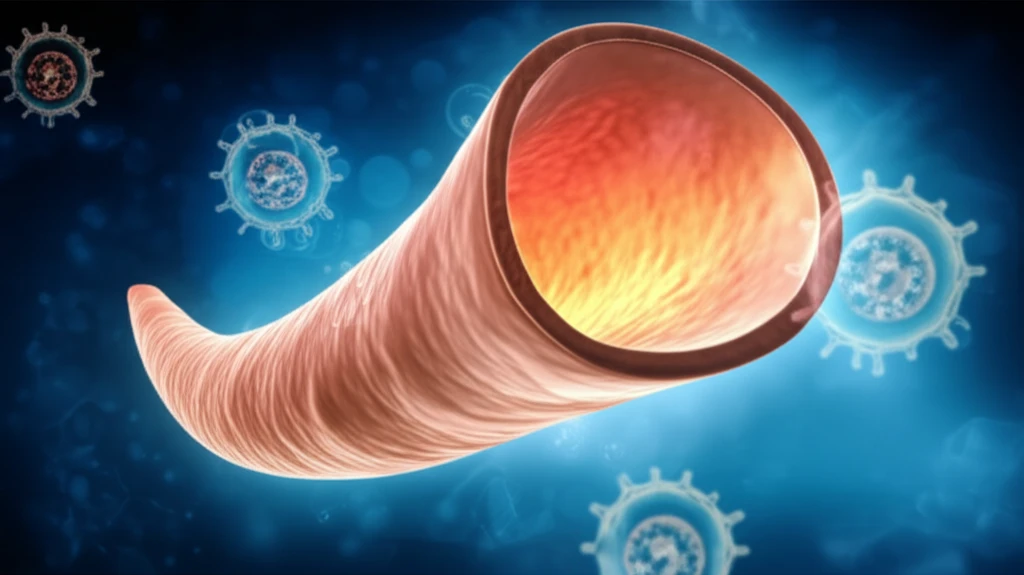
Decoding Tracheal Thickening: What Your Doctor Sees on a Chest CT Scan
"Understanding the signs, causes, and implications of tracheal wall thickening can help you navigate your health journey with confidence."
If you've recently had a chest CT scan and the report mentions "tracheal wall thickening," you might feel a bit anxious. It's natural to worry when medical jargon enters the picture. This article aims to demystify tracheal wall thickening, providing clear, accessible information to help you understand the findings and discuss them knowledgeably with your doctor.
Tracheal wall thickening, as the name suggests, refers to an increase in the thickness of the wall of the trachea, also known as the windpipe. The trachea is a crucial part of your respiratory system, responsible for carrying air to and from your lungs. When its walls thicken, it can indicate various underlying conditions, some more concerning than others.
It's important to remember that a finding of tracheal wall thickening on a CT scan isn't a diagnosis in itself. It's a sign that warrants further investigation to determine the root cause. This article will guide you through the potential reasons for this thickening, the diagnostic process, and what you can expect moving forward. We aim to empower you with information, reducing anxiety and enabling you to actively participate in your healthcare decisions.
What Causes Tracheal Wall Thickening?

Tracheal wall thickening isn't a condition in itself, but rather a sign of an underlying issue. A number of different conditions can cause thickening of the tracheal wall, and it’s important to consider them all for an accurate diagnosis. Here are some of the potential causes:
- Inflammatory Conditions: Conditions like relapsing polychondritis (RP) can cause inflammation of the cartilage in the trachea, leading to thickening.
- Infections: Infections such as tuberculosis or paracoccidioidomycosis can also cause inflammation and thickening of the tracheal wall.
- Tracheopathia Osteochondroplastica (TPO): A rare condition characterized by the formation of bony or cartilaginous nodules in the tracheal wall, leading to thickening and potential airway obstruction.
- Amyloidosis: This is a rare disease in which abnormal proteins build up in tissues and organs. When amyloid proteins deposit in the trachea, it can cause the walls to thicken.
- Granulomatosis with Polyangiitis: This is an uncommon disorder that causes inflammation of the blood vessels, which can damage the trachea and cause it to thicken.
- Sarcoidosis and Lymphomas: These are systemic diseases that can sometimes affect the trachea, leading to thickening of the walls.
What to do Next
If your chest CT scan reveals tracheal wall thickening, don't panic. It's a finding that needs further evaluation, but it doesn't automatically mean you have a serious condition. The next step is to discuss the results with your doctor, who will likely order additional tests to determine the underlying cause. These tests may include blood work, bronchoscopy (a procedure where a small camera is inserted into the airways), or even a biopsy of the tracheal wall. With proper diagnosis and management, most conditions causing tracheal wall thickening can be effectively treated, allowing you to breathe easier and maintain a good quality of life.
